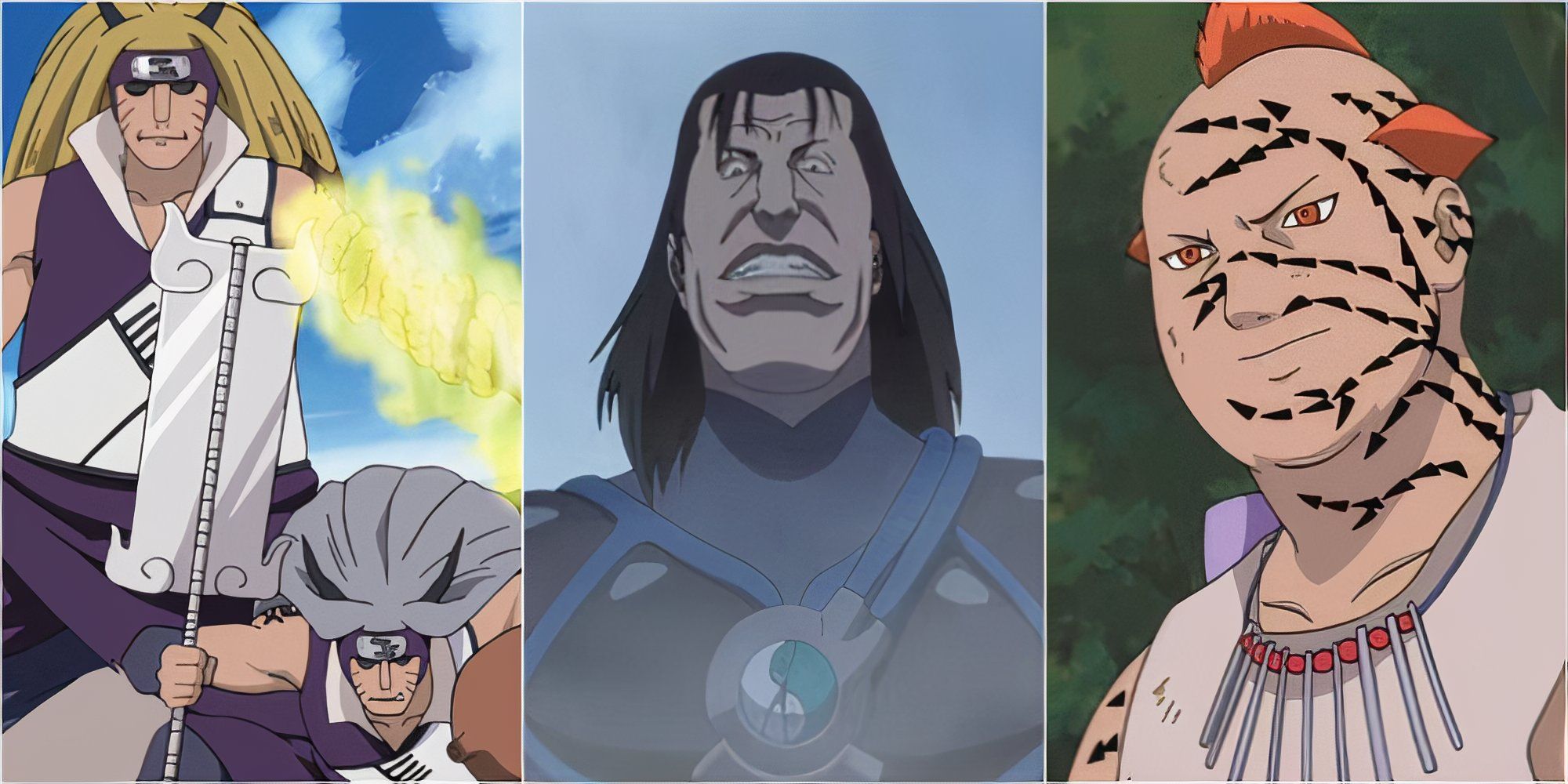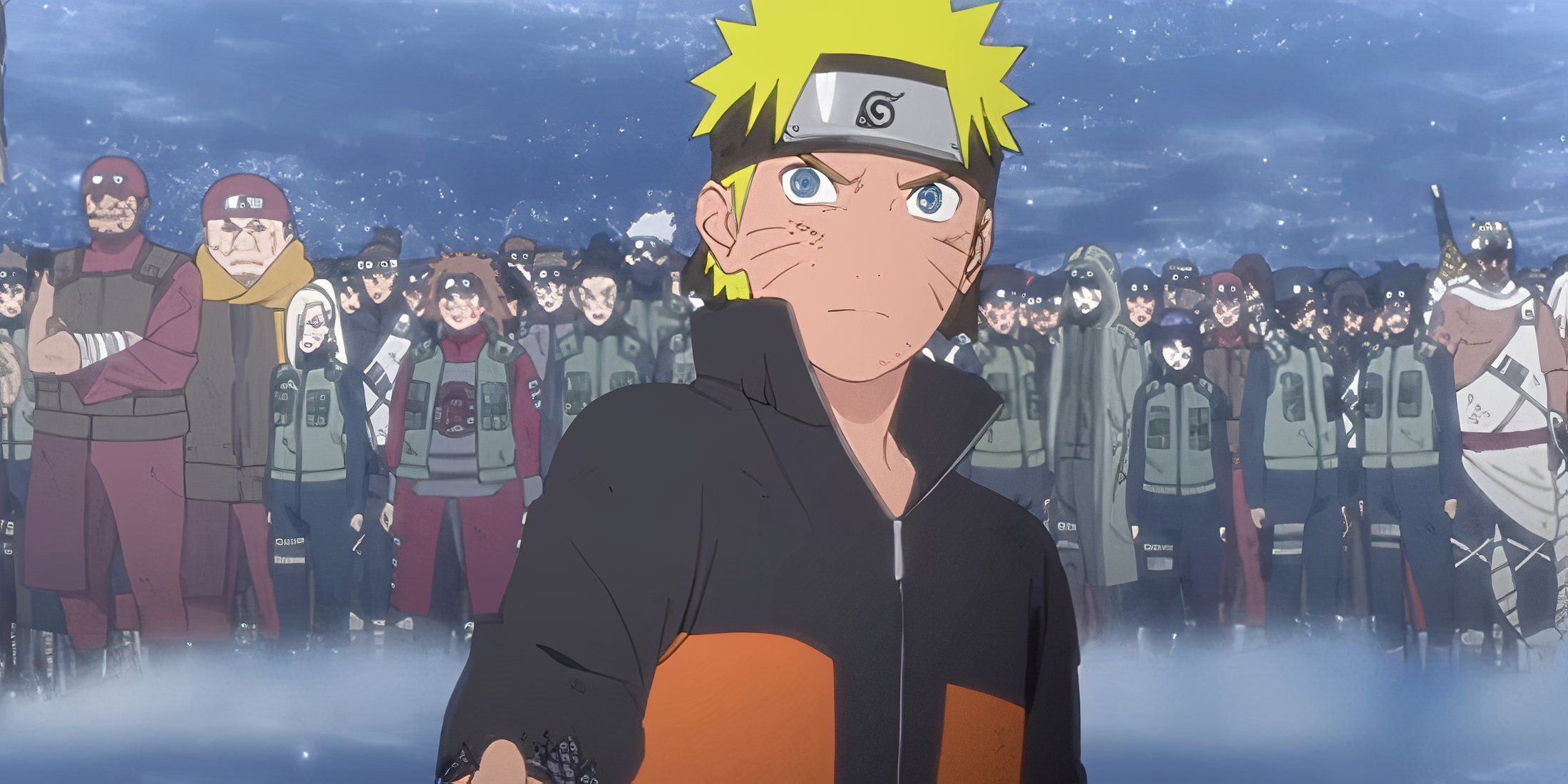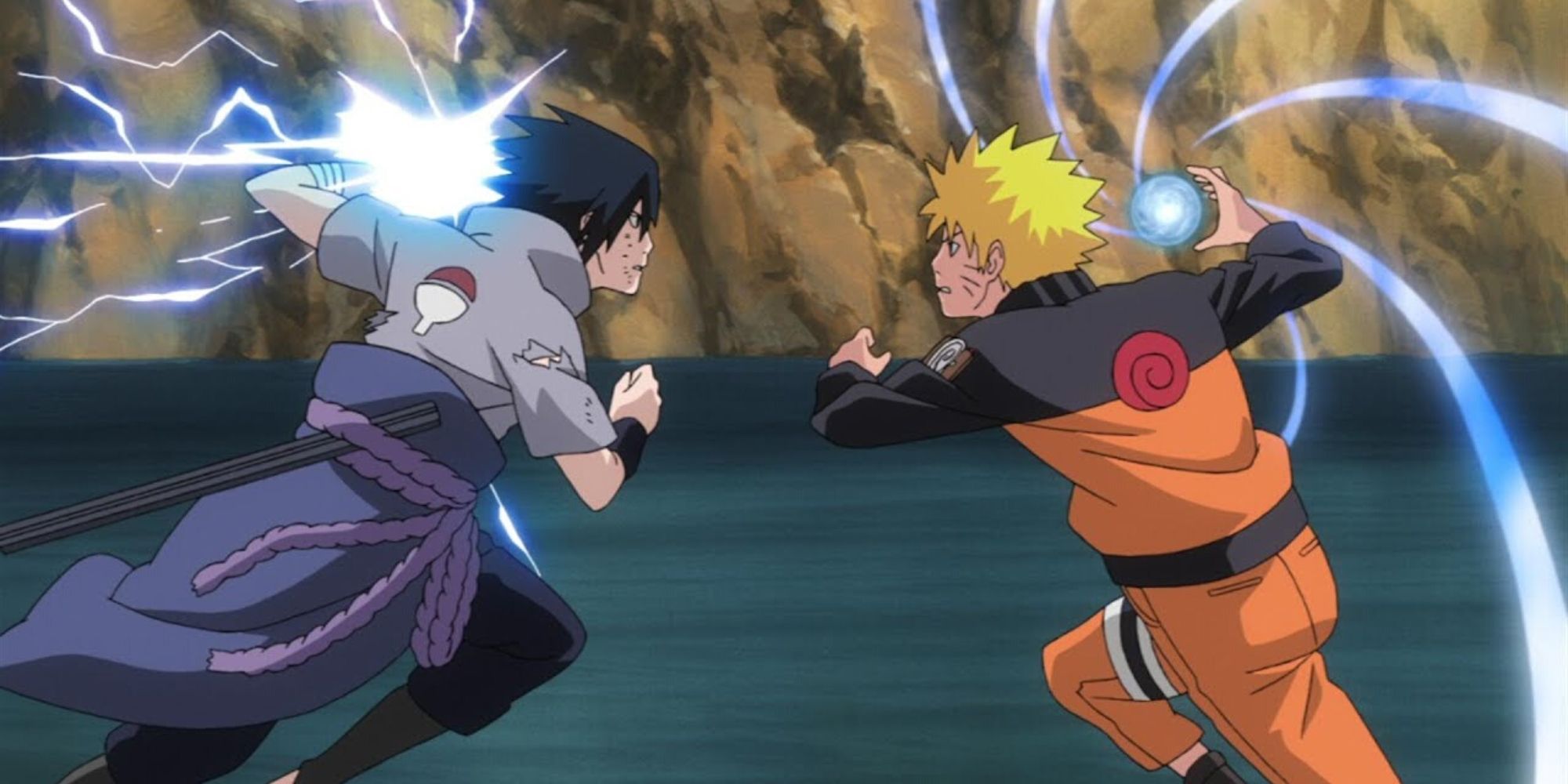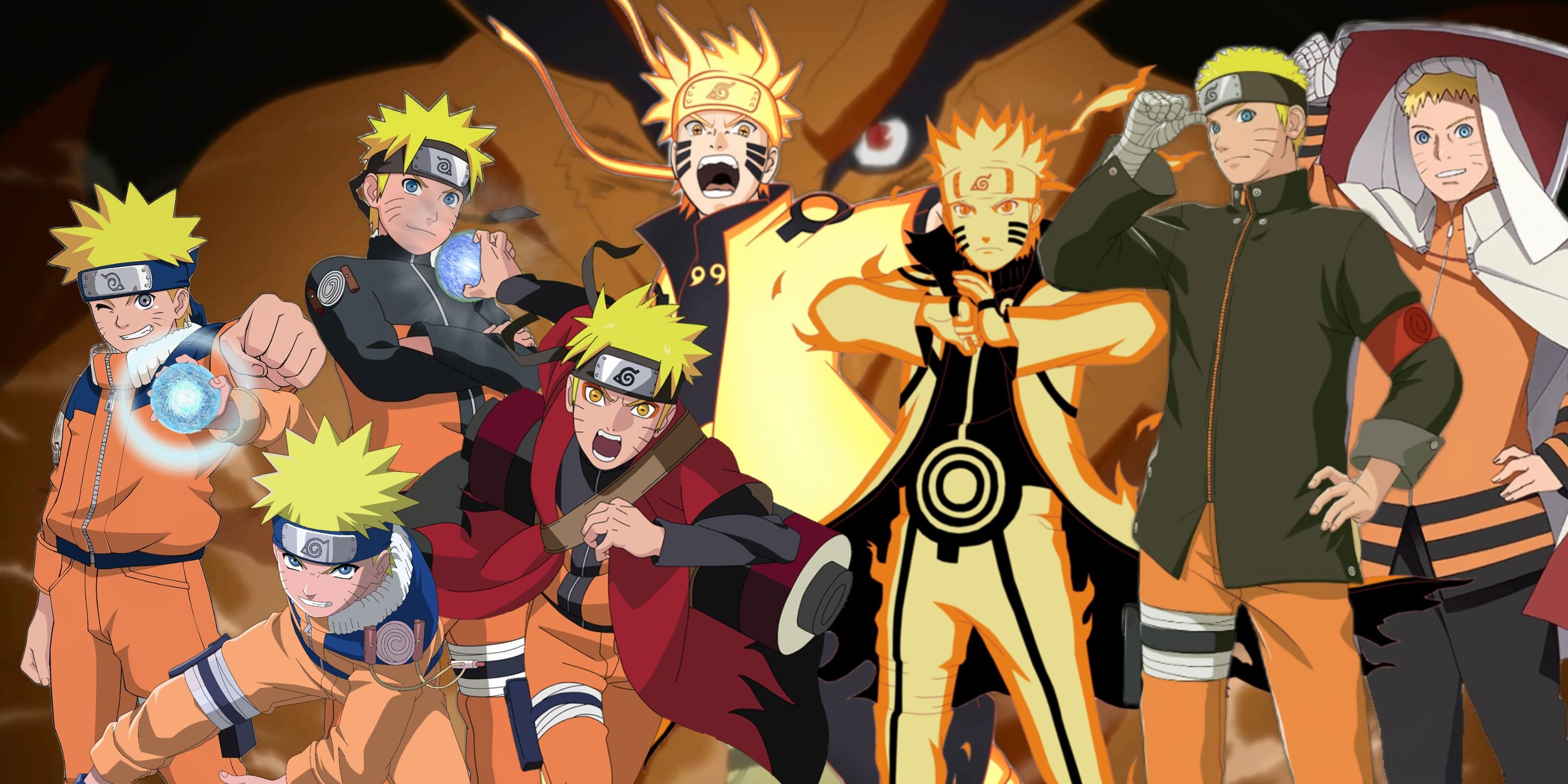Highlights
- Naruto's "Talk no Jutsu" is a key theme, showing how empathy and compassion can overcome hatred and trauma.
- Criticized for repetitive use, Talk no Jutsu played a vital role in Naruto's growth and redemption arcs.
- Naruto's ability to change hearts through kindness is a core part of his character, essential for achieving peace.
Looking past all the hotly contested battles between shinobi, where deception and misdirection are the key to victory, Masashi Kishimoto's Naruto is a story about overcoming trauma, hardships, and hatred to work alongside others and build a better future. It is this very message that is at the center of Naruto Uzumaki's own story, and there is perhaps no better manifestation of this than his knack for swaying hearts and turning enemies into allies.
This unique ability — satirically known as "Talk no Jutsu" — which manifested at various stages in Naruto's story, has been parodied in the years since its conclusion, due to how it grew repetitive and overused towards the end of the series. Many critics have also singled out this aspect of Kishimoto's writing for condemnation, despite how it was intricately linked to Naruto's core themes. Hence, does Naruto's Talk no Jutsu deserve all the criticism it gets?
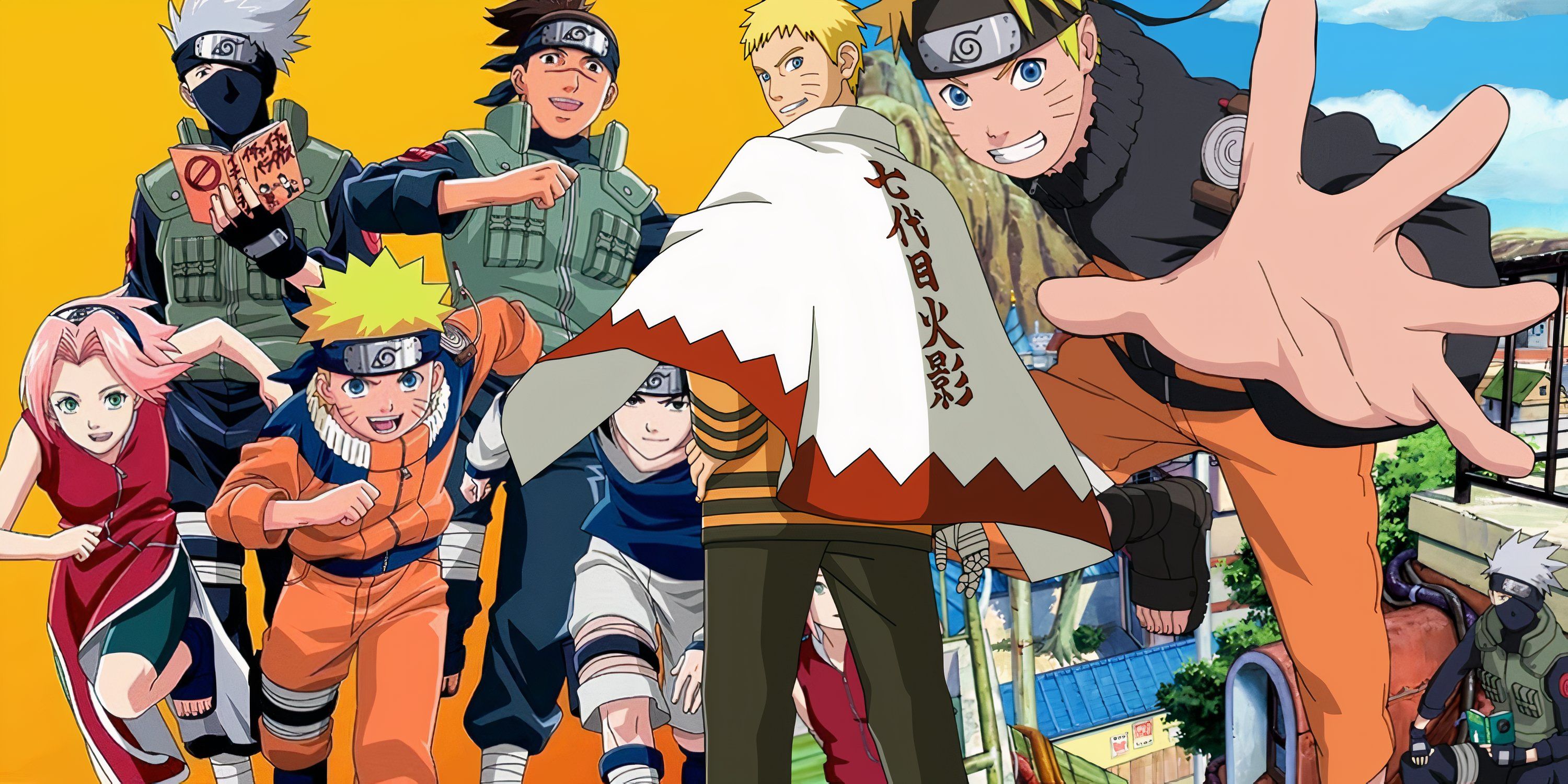
What Was The Best Story Arc In Naruto?
With so many thrilling narrative segments comprising its story, which arc represents the pinnacle of Masashi Kishimoto's work on the series?
What Is Talk No Jutsu?
Essentially, Talk no Jutsu refers to Naruto's uncanny ability to change his opponent's world view by understanding and empathizing with their plight. Having grown up as a social outcast due to the power of the Nine-Tails sealed within him, Naruto was well-acquainted with the prevailing problems of the shinobi world. In each successive usage of this ability, Naruto learned about more challenges faced by ninja from various backgrounds, which helped him deepen his own understanding of what it meant to forge lasting peace.
During his initial use of this ability, he made Zabuza and Haku see the error of their ways, in working against local communities to serve the interests of a corrupt businessman. Next, Naruto managed to alter Neji Hyuga's beliefs about predetermined destiny, by defeating him during the Chunin Exams Finals, in one of the tournament's biggest upsets. Subsequently, Naruto used his experiences as a jinchuriki to get through to Gaara — who was the host of the One-Tail, Shukaku — and redeem him, which came after a long and hard-fought battle at the climax of the Konoha Crush Arc.
He was then able to convince Tsunade to take up the responsibility of becoming the Fifth Hokage, by demonstrating his resolve in learning the Rasengan within just a week. Following Sasuke's defection and Naruto's own defeat at the end of Part I, he returned to the village after training with Jiraiya, and used this ability once again to deal with Sai, who had been plotting to kill Sasuke from the moment he joined Team 7.
Shortly afterward, Naruto's most significant use of this ability came when he faced Nagato — better known as Pain. Vowing to end the cycle of hatred in the shinobi world and end all war, Naruto was able to save those who had perished during Pain's Assault, and became acknowledged as a hero within Konoha. While all these instances of Talk no Jutsu's application went without too much criticism, it was during the Fourth Shinobi World War that everything fell apart.
The Reasons Behind Its Criticism
At the height of the Fourth Shinobi World War, Naruto's valiant efforts to save the world and protect the tailed beasts, earned the respect of the Nine-Tails. In revealing his true name, Kurama, the Nine-Tails finally committed his power to Naruto, and the pair become partners in the fight against Obito and Madara. While this example was somewhat predictable given Naruto's character arc, it was the fights against Obito and Sasuke that often garnered the most condemnation.
With Obito, the shift in his character came at a time that was almost too convenient in the context of the narrative, and yet another usage of Talk no Jutsu to end a conflict veered towards being a near formulaic resolution for the second phase of the Fourth Shinobi World War. Despite there being a sufficient amount of build up, Obito's change of heart from a jaded individual who wanted to reject reality, into someone who wholeheartedly supported and made sacrifices for Naruto was a bit too opportune after everything he had done prior.
Moreover, the endless stream of flashbacks in the mental conversation between them, might have made audiences weary of the melodramatic territory that Kishomoto had ventured into. A similar thing could be said about the final battle between Naruto and Sasuke, where the outcome was practically a foregone conclusion even before the latter finally renounced his vendetta against Konoha. It is worth noting that neither of these narrative choices were intrinsically bad, but the criticism they have received is often rooted in comparisons to other confrontations in Naruto, as well as the timely manner in which they wrapped up prevailing story beats at the time.
Does Talk No Jutsu Deserve The Hate It Gets?
Generally, many of the criticisms levied at Talk no Jutsu revolve around it being a fallback option for Naruto to resort to, whenever he fails to find a way to overcome his adversary. Interestingly, this is seldom the case, especially from early instances during Part I, until after Naruto's fight against Pain midway through Part II. More often than not, the heart-to-heart talk, which radically alters the perspective of an antagonist, is delivered after the conclusion of Naruto's battle against them, which was the case with everyone apart from Tsunade.
While opinions about Naruto's conversation with Pain have generally been positive, his discussion with Obito has garnered a mixed reception, since some of the plot elements that permitted it to turn out a particular way, had been laid out at the very end of Part I. The concept of highly-skilled shinobi communicating with each other through chakra was unveiled by Sasuke during his first fight against Naruto at the Valley of the End, and this played a huge role in Obito's redemption.
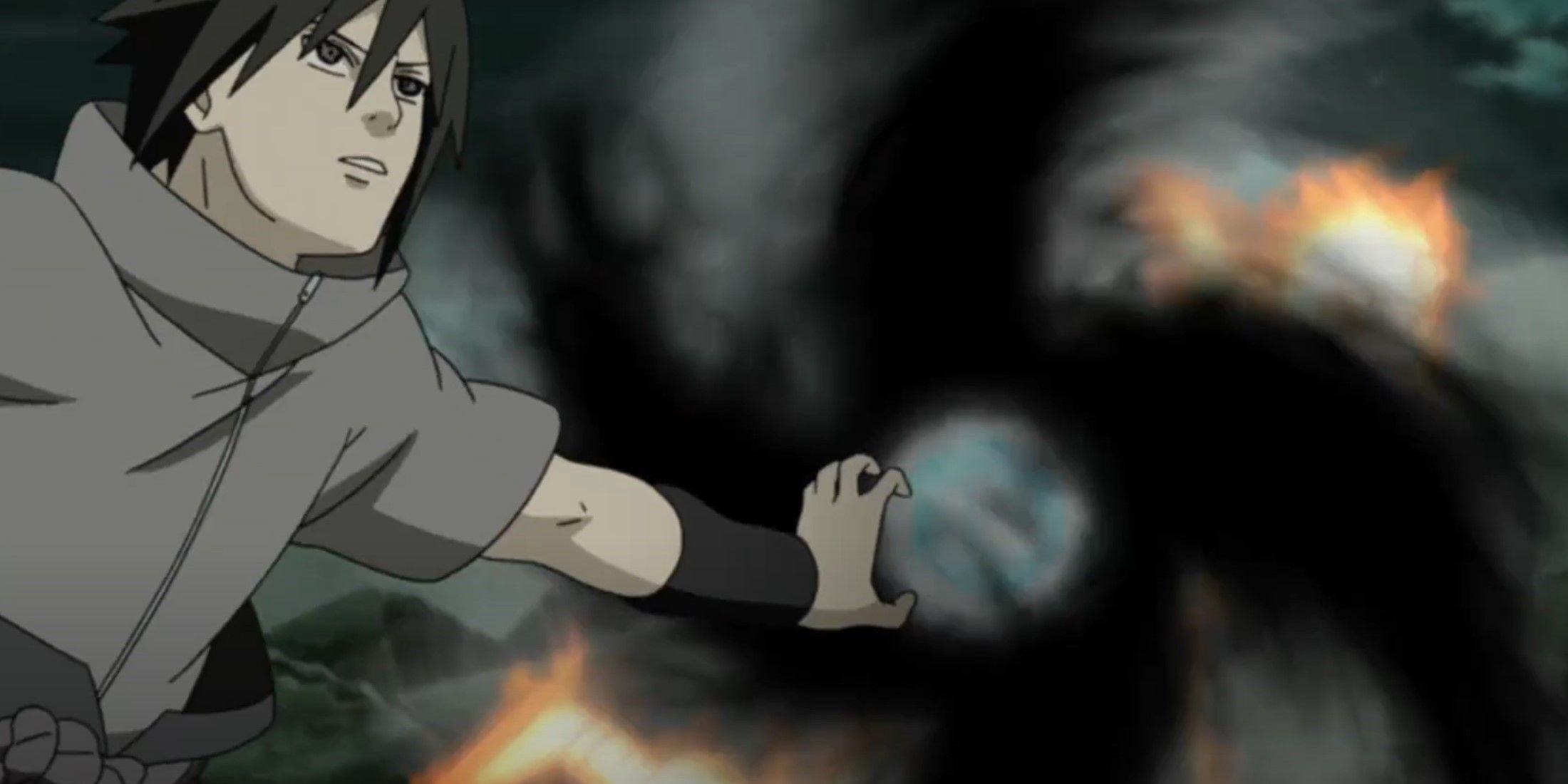
Naruto: Cooperation Ninjutsu, Explained
Combining two or more techniques to yield a jutsu greater than the sum of its parts, cooperation ninjutsu is an integral part of shinobi combat.
At the time, Obito had grown absurdly powerful as the Ten-Tails' jinchuriki, and even the combined efforts of Naruto, Sasuke, and the Allied Shinobi Forces might not have been enough to take him down if he had completely steeled his resolve to carry out the Eye of the Moon Plan. Naruto's successful use of Talk no Jutsu in this situation was an easy plot contrivance to switch the role of main antagonist to Madara Uchiha, especially given how easily Obito's determination crumbled after speaking to Naruto.
This was after Obito had killed his mentor, helped in wiping out his entire clan, and even became the enemy of the entire shinobi world, all in service of his goal to reshape reality with the Infinite Tsukuyomi. Such a drastic change in world view was almost unprecedented when compared to some of the other antagonists in the series, including Sasuke and Nagato, whose respective journeys to redemption felt like they were earned over time, unlike Obito.
Why Naruto's Use Of This Approach Is Important
Despite all the criticism it has received, Naruto's Talk no Jutsu is an essential part of his character, and a huge reason behind the franchise's enduring success. The progression of Naruto's conversations with Zabuza, Gaara, and Pain, in particular, have received immense praise for how well they depicted his growth into a determined young adult after starting out as a naive, idealistic young boy.
In essence, Naruto is a coming-of-age story, and its protagonist's ability to overcome hatred through compassion and kindness is an important marker of how he matured throughout the series. This facet of his character was also something entrusted to him by his mentor Jiraiya, who sought to end all wars by fostering cooperation between nations and villages.
Without Talk no Jutsu, some of the series' most important narrative moments may never have occurred, and it is as integral to the series as Naruto's optimism. In short, Talk no Jutsu is a sign of Naruto's commitment to achieving peace, as he always strives to go one step further beyond simply defeating his foes, and instead, offers them an opportunity to rise beyond their own mistakes to work alongside him in creating a better world.
Naruto is available to stream on Crunchyroll.
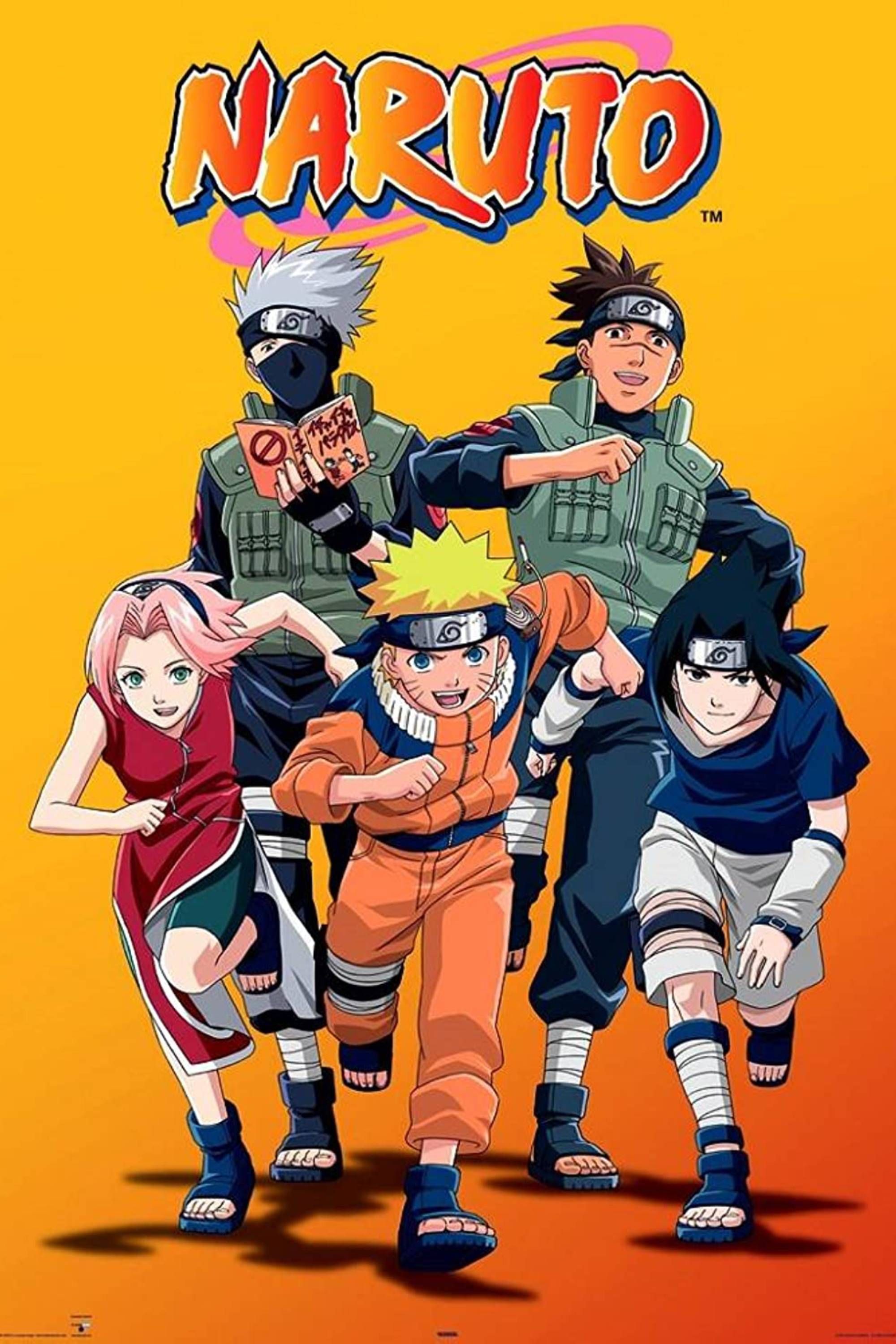
Naruto
A popular shonen anime based on Masashi Kishimoto's manga, Naruto follows its eponymous shinobi's journey as he goes from his town's outsider to its hero.
- Release Date
- October 2, 2002
- Studio
- Pierrot
- Creator
- Masashi Kishimoto
- Number of Episodes
- 220
- Streaming Service(s)
- Crunchyroll , Hulu , Netflix , YouTube

